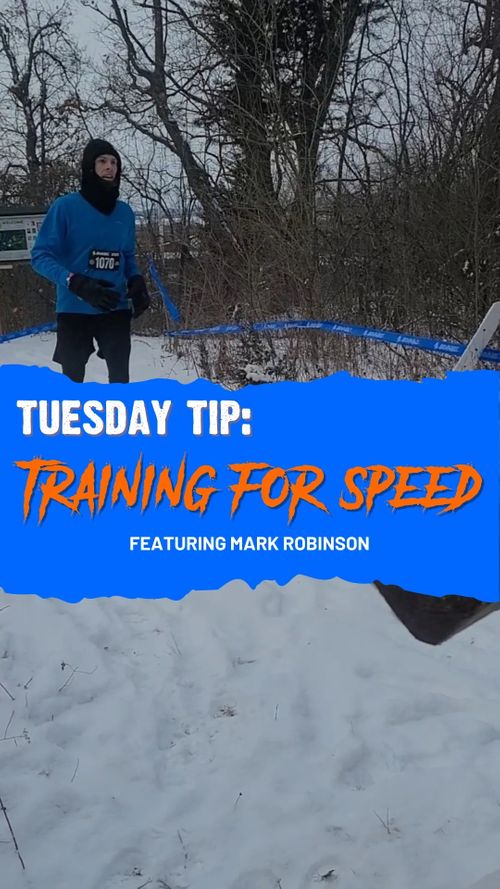
Speed Work
A common mantra for runners these days is “Run slow to run fast.” And even though elite runners train at a slow pace about 80% of the time, that still leaves 20% for speed work.
So what should that look like?
I basically only have two kinds of speed workouts: Threshold Runs and Interval Sessions.
1.) Threshold Runs
Your lactate threshold is the point where your body starts producing lactate (a byproduct of working your muscles) faster than you can clear it. Once this happens, you begin to feel that burn in your muscles and performance drops significantly.
So your “threshold pace” is going to take you right to the edge where it feels hard, but you can sustain it for about 45-60 minutes (assuming you’re properly fueled and hydrated). On a scale of 1-10, people usually rate the effort of a threshold run at a 7 or 8.
Training at this pace has long been recognized as an effective way to improve the body’s lactate threshold (meaning you will be able to run a little faster without the lactate getting out of control and forcing you to slow down).
When in doubt, my go-to speed workout is a 30-40 minute threshold run. It’s kind of like my Goldilocks Run: not too hard, not too easy, not too long, not too short, but just right.
2.) Interval Sessions
The other type of speed work I like is interval training. Running faster is a skill. And, like any skill, it’s learned by putting in the time and gaining experience.
By breaking up a workout into shorter intervals, you can spend more time running at faster paces because you get to take breaks in between. This allows you to get more valuable practice at your goal pace than if you tried to do it all in one shot.
When it comes to interval training, the options are virtually endless: How fast do I run? How long should each interval be? How long should I rest? How many intervals should I run in a session?
Unless you have a personal coach telling you how to run your interval sessions, you’re going to have to play around with it and see what works best for you. Personally, I would suggest trying 400m repeats at your 1-mile goal pace or 800m repeats at your goal 5k pace (or something in between). Maybe start with 4 repeats and gradually work your way up to 8-10. Depending on your fitness level and how hard you’re running each interval, you’ll probably want to shoot for 1-4 minutes of rest in between repeats.
Bonus Tip: Try doing some of your interval sessions as hill sprint workouts. You’ll develop more strength in your legs (thus, getting faster). Running on an incline can help improve your form. And running uphill is lower impact on the joints allowing you to increase the intensity of the workout while reducing the risk of injury. Plus, those hill sprints will get you ready for the hills you’ll face on the course at The Abominable Snow Race!
Not sure what pace you should be training at? Here is a simple pace calculator that I like to use: runfastcoach.com. Just punch in a result from a recent race or time trial and then click on the “Training Paces” tab.
For more training tips, be sure to follow Mark HERE on social.
